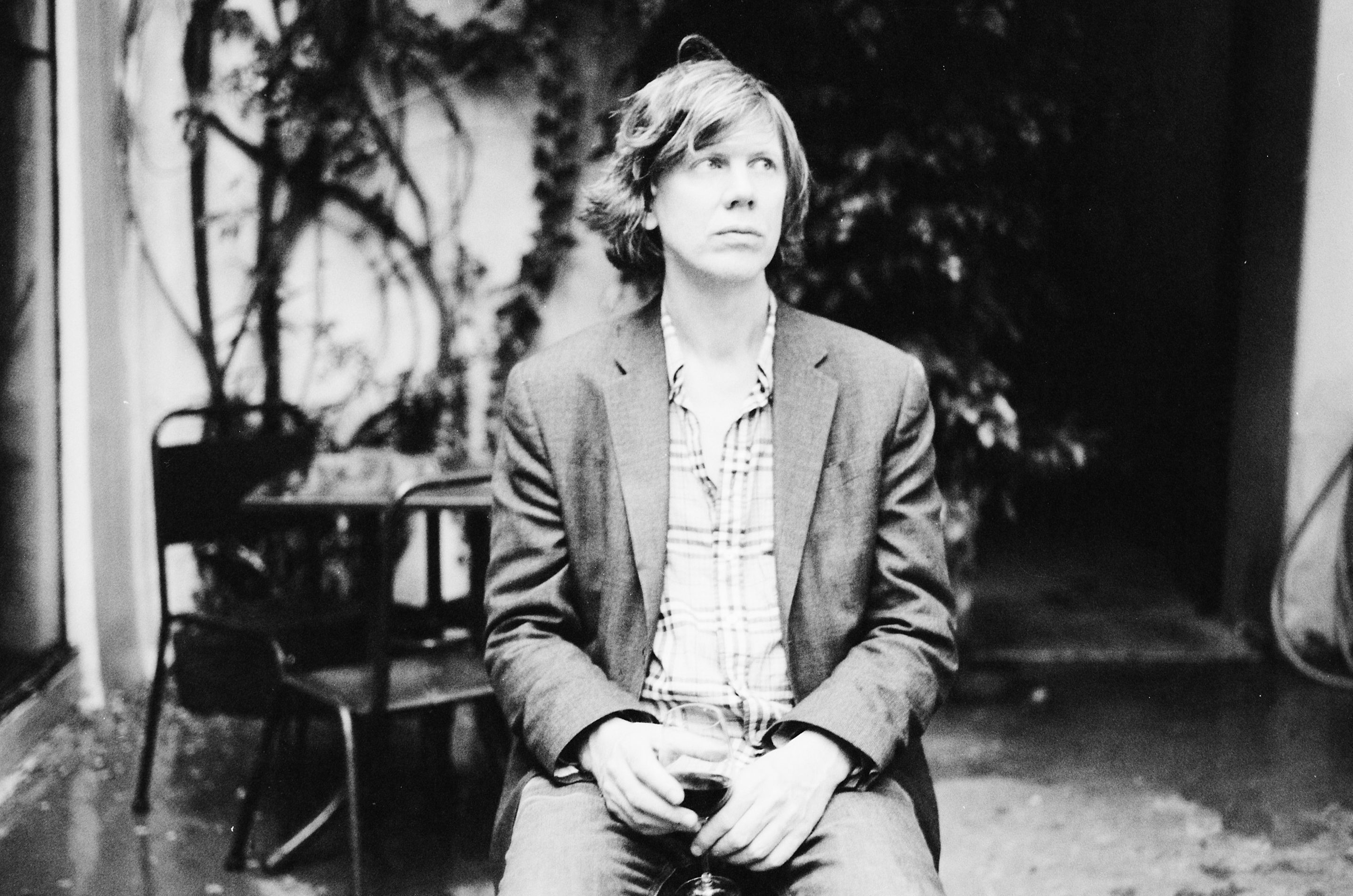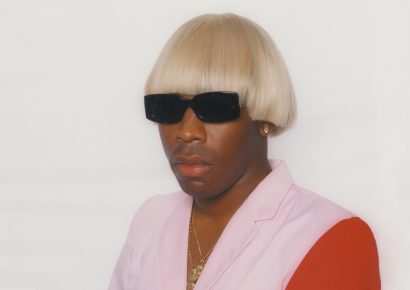The worlds of avant-garde sound and visuals combined with great effect.
As the Melbourne International Film Festival (MIFF) kicks into full swing, the beautiful Astor Theatre played host to a special one-off event that combined the world of avant-garde cinema with one of the greatest experimental artists of all time.
Thurston Moore, frontman of the influential noise-rock group Sonic Youth, took the small stage at The Astor to perform a series of original compositions as a live soundtrack to four short films from pioneering experimental filmmaker Maya Deren.
Deren was a Ukrainian-American director whose debut 1943 short film Meshes of the Afternoon is noted as a key influential piece for well-known directors like David Lynch. This film, along with three other shorts made between 1944 and 1946 from Deren including Afternoon, At Land and Ritual in Transfigured Time plus a bonus unfinished short called The Witch’s Cradle, were on display set to atmospheric, ethereal soundscapes created by Moore.
Moore is no stranger to dynamic, experimental sounds and has made no secret of his love for Deren and the influence she has had on his art stating, “Maya Deren is an avant-garde godmother. Her mysterious images have burned into my consciousness like fiery, exotic dreams we are not supposed to talk about; each one a secret location of a symbolic prediction made with deep, dark magic in her sibyl cave.”
Armed with an electric guitar, three Fender Deville amps and a swathe of guitar pedals, Moore set about an experimental instrumental set that ranged from obtrusive feedback to gentle and beautiful reverb-drenched loops. Deren’s haunting imagery was the perfect backdrop to these sounds. Her signature moving rope, and the mirror-faced reflection of her multiple selves show just how ahead of her time and original the director was.
There may be some debate as to how well the syncing of the soundscapes and imagery was; however, Deren’s work leaves everything open to interpretation, and this was indeed Moore’s, so who is to argue?
The power of the sound that Moore is able to create with a relatively limited set of tools was the real skill on display; it was easy to get lost in his compositions while viewing the imagery and completely forget that the sound was coming from one man with no electronic help. Moore made his guitar pulse and squeal, bordering on unpleasant and quickly returning things to a more calming state. The level of control over a broad sonic landscape with limited controlling elements explains why Thurston Moore is and always will be the experimental king.

